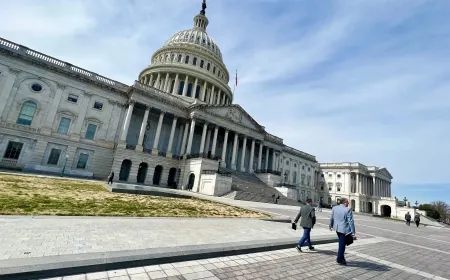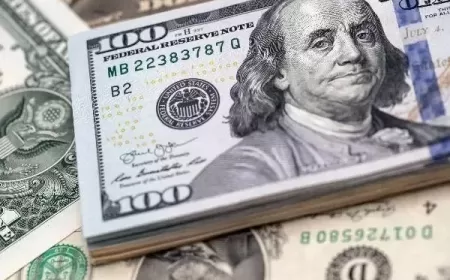Trump Announces New Tariffs on Lumber and Furniture Imports
Trump orders 10% tariff on lumber and 25% on cabinets and furniture, raising prices for builders and homeowners across the U.S.

President Donald Trump signed a proclamation imposing tariffs on imported lumber, kitchen cabinets, vanities, and upholstered furniture. The tariffs aim to strengthen U.S. manufacturing capacity while addressing national security concerns linked to foreign lumber imports.
Tariff Details and Schedule
-
Softwood lumber and timber: 10% tariff starting October 14
-
Kitchen cabinets, vanities, and upholstered furniture: 25% tariff starting October 14
-
January 1 increases: 30% on cabinets, 50% on upholstered furniture
The proclamation highlights goals to expand domestic industrial capacity, bolster U.S. supply chains, and support jobs in wood and furniture production.
U.S.-Canada Lumber Trade
Canada accounts for roughly 30% of the softwood lumber used in U.S. construction. These imports are already subject to 14.5% in duties. The administration cited concerns over domestic timber production and national security as the basis for additional tariffs.
Industry representatives note that the U.S. currently lacks sufficient processing capacity to immediately replace Canadian imports. Lumber is a critical material in residential construction, and the new tariffs are expected to affect project budgets nationwide.
Furniture Prices Rise After Previous Tariffs
Furniture imports from China and Vietnam, which together exported around $12 billion in 2024, have already seen tariffs. Government data shows overall furniture prices increased 4.7% in August year-over-year, with living and dining room sets rising nearly 10%.
Major retailers, including Wayfair, RH, and Williams-Sonoma, reported stock declines after the announcement, as higher import costs are reflected in wholesale and retail pricing.
Furniture Plants Increase Production
Furniture manufacturers in North Carolina, Michigan, and Mississippi report changes in production schedules and raw material sourcing to meet rising domestic demand. These states, which previously experienced plant closures and job losses due to import competition, are now preparing to fill some of the supply gaps created by the tariffs.
Construction companies nationwide are updating project budgets to reflect higher lumber and cabinetry costs, with contracts for new homes and large-scale renovations now accounting for revised pricing.
Timeline and Implementation
-
October 14: Initial tariffs on lumber, cabinets, and furniture take effect
-
January 1: Tariffs increase to 30% on cabinets and 50% on upholstered furniture
The U.S. Commerce Department conducted an investigation into potential national security risks from imported lumber, which formed the basis for the current tariffs.
Lumber and Furniture Sectors Implement Tariff Changes
Builders and furniture manufacturers are actively revising supply agreements and adjusting production to manage increased costs. Retailers, including Wayfair, RH, and Williams-Sonoma, have updated purchase orders and pricing for October deliveries. North Carolina, Michigan, and Mississippi facilities have increased shifts and adjusted sourcing, reflecting a shift toward domestic production.
Also Read: President Trump Imposes Tariffs on Furniture, Trucks, and Prescription Drugs
































































